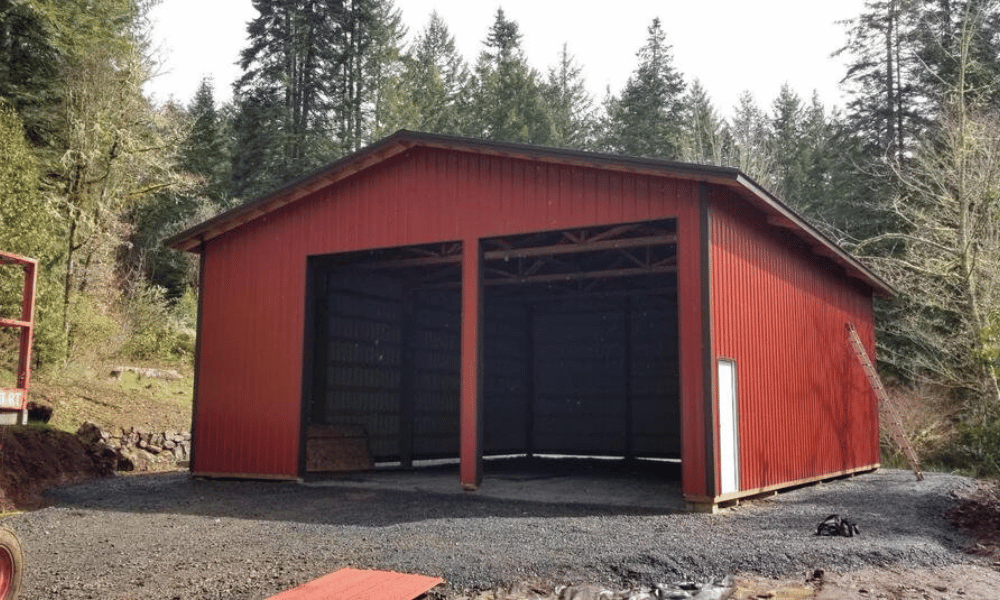Introduction
Building a pole barn can be an exciting venture. Whether for agricultural purposes, storage, or even as a workshop, these structures offer flexibility and durability. However, one significant aspect that often creates confusion is the payment structure when hiring a pole barn builder. It’s crucial to understand how payments work to avoid any unpleasant surprises down the line. This article dives deep into the intricacies of payment structures in the pole barn building process, helping you make informed decisions.
Understanding Payment Structures When Hiring a Pole Barn Builder
When considering hiring a pole barn builder, understanding their payment structures is paramount. Why? Because it determines how and when you will be paying for your new structure while ensuring that both parties are on the same page throughout the process.
Types of Payment Structures
1. Fixed Price Contracts
A fixed price contract is straightforward and often preferred by many homeowners. This type of agreement specifies a single total price for the entire project upfront.
Pros:
- Predictability in budgeting. Less likely to experience unexpected costs.
Cons:
- May include higher initial quotes due to risk mitigation by contractors.
2. Time and Materials Contracts
This payment structure is based on the actual time spent on the project plus the cost of materials used. It's beneficial when project scope is unpredictable.
Pros:
- Flexibility in adjusting scope and design. You pay only for what you need.
Cons:
- Potentially higher overall costs if not monitored closely.
3. Cost Plus Contracts
A cost plus contract involves paying for all construction costs plus an additional fee for profit. It’s common in larger projects where detailed estimates are hard to come by.
Pros:
- Transparency in billing. Easily accommodates changes during construction.
Cons:
- Can lead to inflated costs if not managed properly.
Payment Schedule Breakdown
Once you've settled on a payment structure, understanding how payments will be scheduled is essential:
1. Upfront Deposit
Most builders will require an initial deposit before starting work—typically ranging from 10% to 30% of the total project cost. This secures your spot in their schedule and covers preliminary expenses.
2. Milestone Payments
Many contracts outline milestone payments throughout construction phases:
- Pre-construction Foundation completion Framing completion Final inspection
Each stage's completion triggers the corresponding payment, ensuring that you're satisfied with each step before proceeding further.
3. Final Payment
The final payment is usually made upon project completion or after receiving necessary inspections and approvals. It acts as leverage to ensure that all work meets your expectations before settling up entirely.
Factors Influencing Payment Structures
When discussing payment structures with your builder, several factors may influence pricing:
1. Project Size and Complexity
Larger or more complex builds naturally require more time and resources, impacting overall costs and payment terms.
2. Material Quality
The quality of materials chosen can significantly affect both initial quotes and long-term durability—think about whether you're opting for premium-grade lumber versus standard options!
3. Builder's Experience
More experienced builders may command higher fees but could save you money in unforeseen complications due to their expertise.

Negotiating Payment Terms
1. Open Communication
Always approach discussions about payments openly and clearly; ask questions if anything seems unclear! Builders appreciate transparency just like you do!
2. Get Everything in Writing
Ensure all agreed-upon terms regarding payments are documented within your contract—this protects both parties from potential disputes later on down the line.
3. Don’t Be Afraid to Negotiate
You’re not bound by any initial terms proposed; don’t hesitate to negotiate better conditions that suit your financial situation more effectively!
Common FAQs About Payment Structures for Pole Barn Builders
1. What should I expect as an upfront deposit?
Typically between 10% to 30% of total project costs, securing your place in their schedule while covering initial expenses.
2. How can I avoid unexpected costs?
Opt for fixed-price contracts where possible, maintain open communication with your builder regarding changes, and monitor progress closely during construction phases.
3. Is there room for negotiation regarding payment structures?
Absolutely! Builders expect some degree of negotiation; don't hesitate to ask about Dean Lindsey Construction adjustments that better fit your budgetary needs!
4. What happens if I’m unhappy with work done at a milestone?
With milestone payments set up, you have leverage—discuss any concerns immediately with your builder before making further payments!
5. How do I choose between different contractors?
Consider factors such as reputation, experience level, previous projects completed successfully—and always check references!
6. What potential red flags should I watch out for?
Be wary of unusually low bids or contractors who refuse written agreements; transparency Informative post is key!
Conclusion
In conclusion, understanding payment structures when hiring a pole barn builder can save you a lot of headaches down the road! From fixed price contracts to time-and-materials setups, knowing what each entails helps you make informed decisions that suit both your budget and needs perfectly!
Navigating this landscape doesn’t have to feel overwhelming; with open communication and clear expectations set from day one—you’ll be well on your way toward constructing that beautiful new pole barn without any nasty surprises lurking around every corner! Happy building!